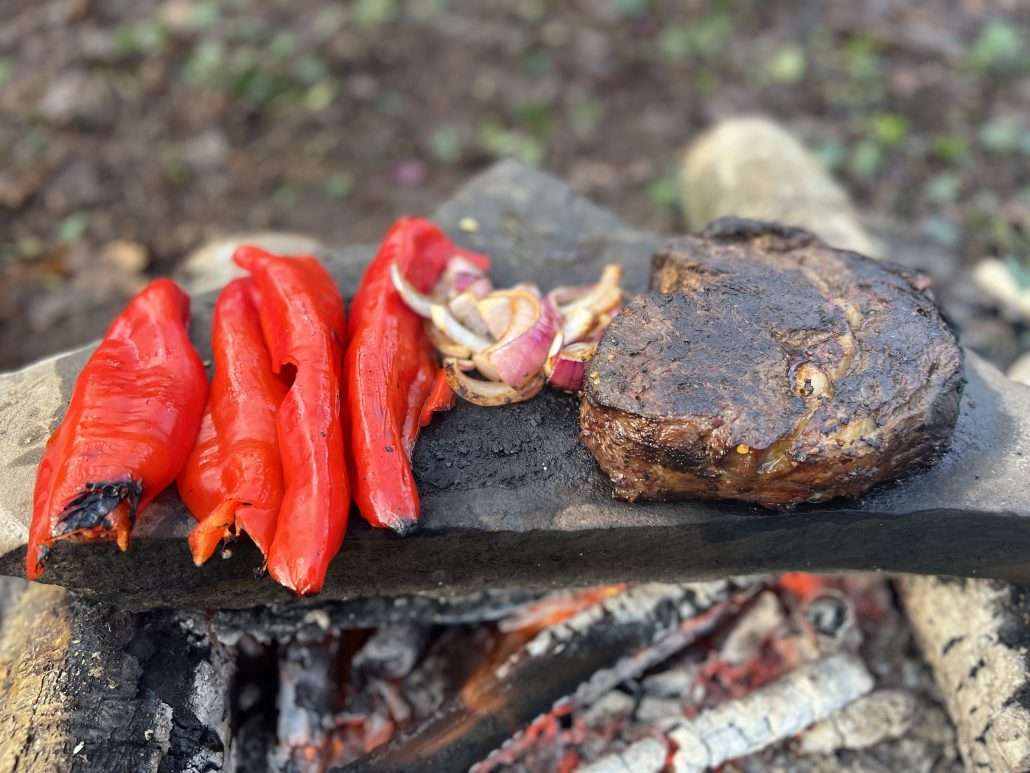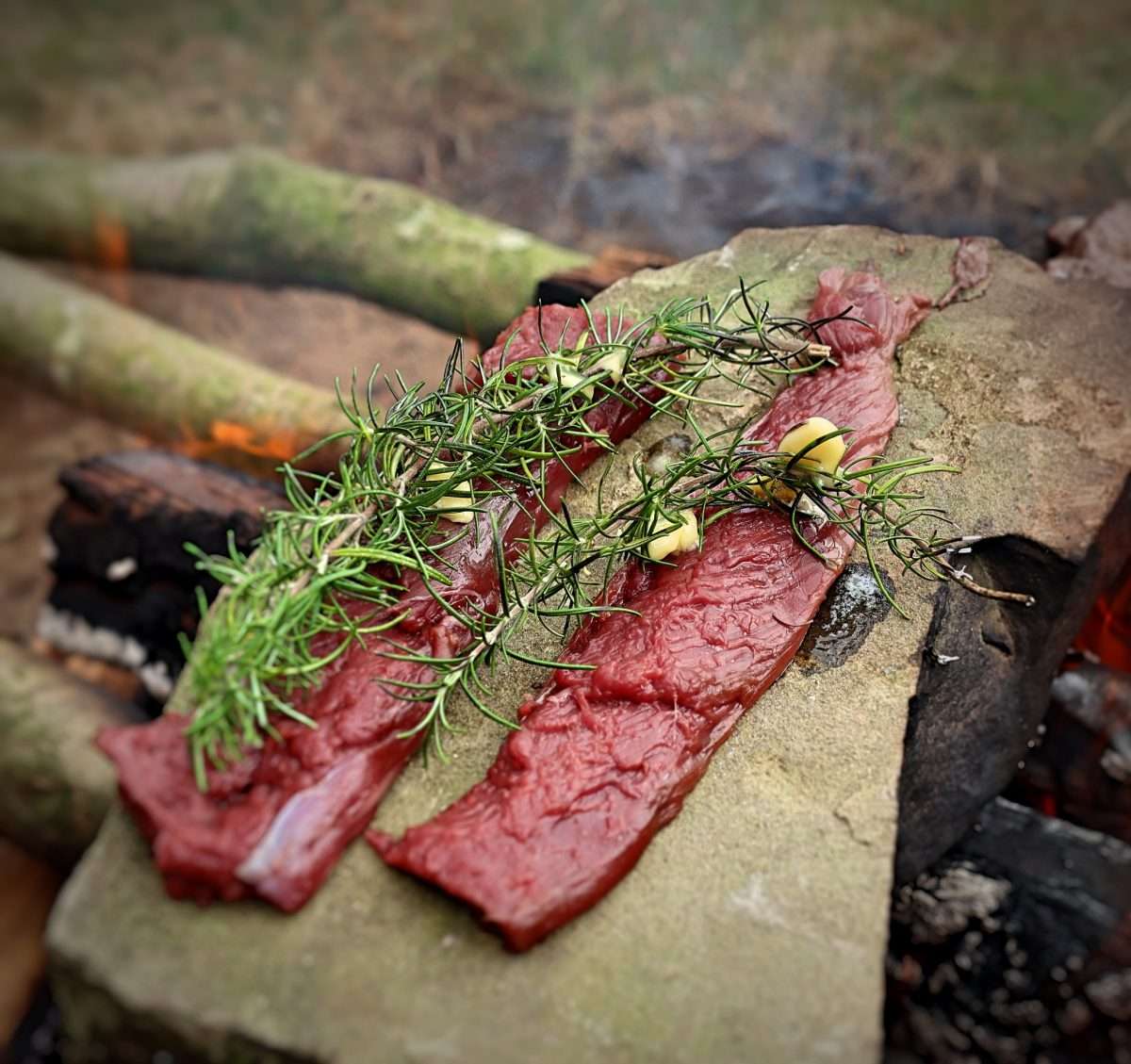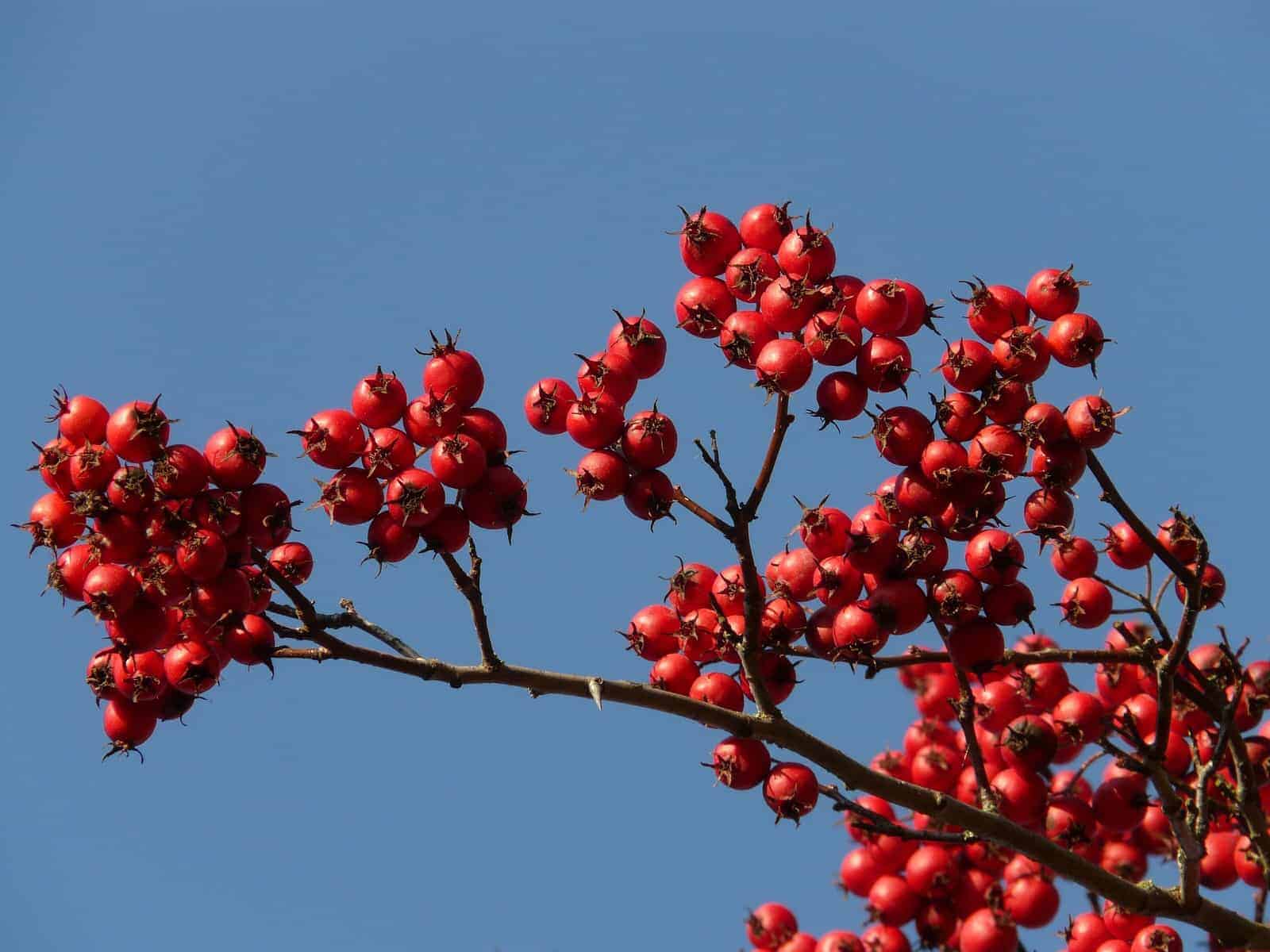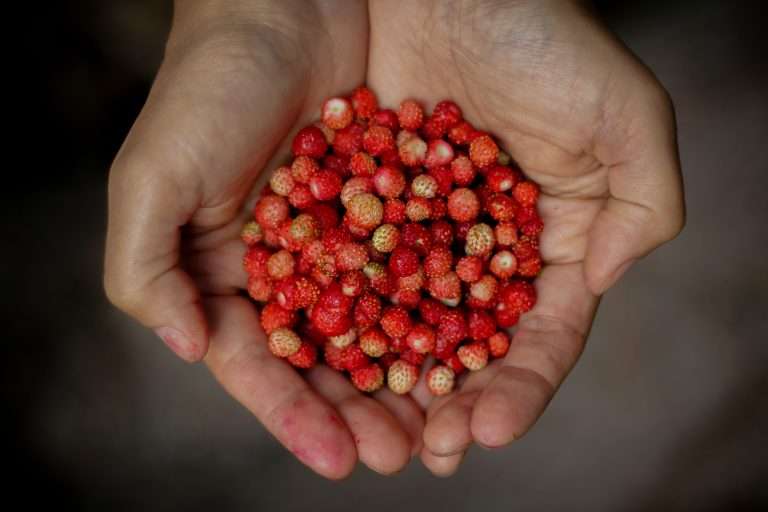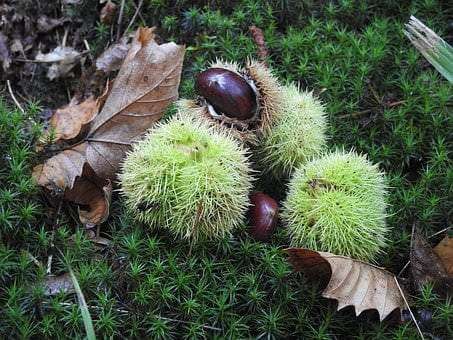Cooking On A rock- What we’ve learnt so far
Cooking on a rock over the campfire can give an extra dynamic to your food. It gives an extra level of flavour and gives other options for cooking a variety of foods that you can’t cook directly on the fire.
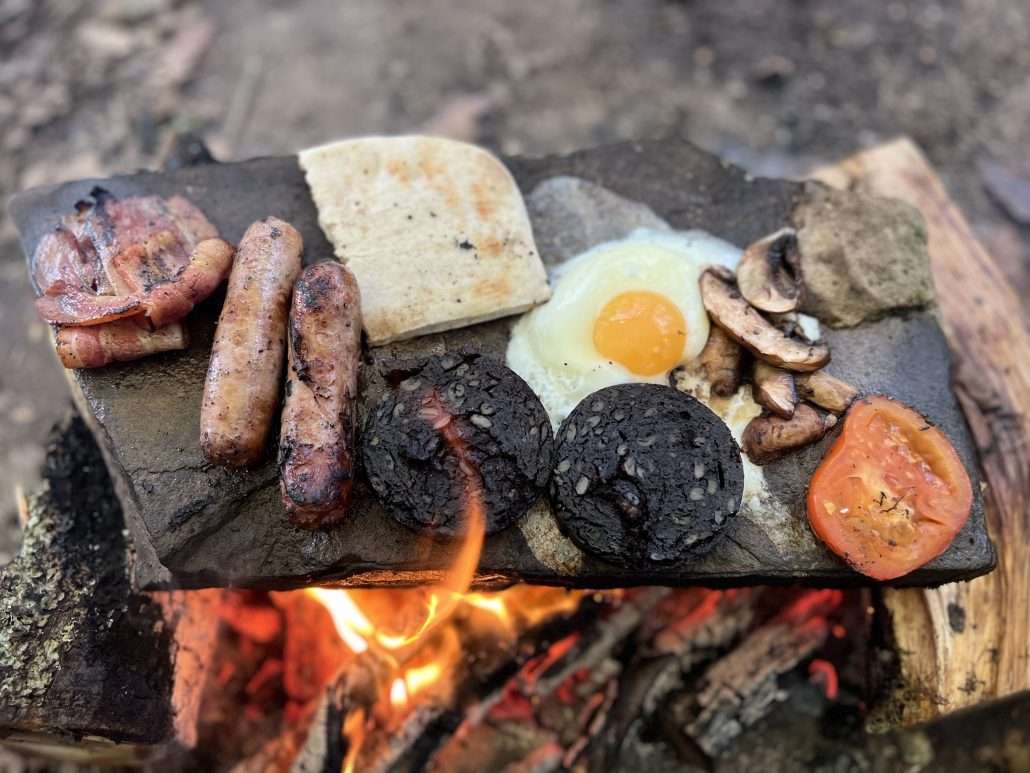
What to consider-
Not all rocks are equal. Rocks are formed in different ways and this will impact how they respond to heat. Some work well, some are rubbish and some are just plain dangerous, so be sure you know what rock you are working with.
The ideal cooking rock needs to be hard, even in its density, no internal flaws, non porous and strong bedding planes that occur in the rock’s formation process.
Food safety obviously needs to be a consideration too. Be sure that the rock you are going to be using doesn’t contain toxic minerals. If there is anything questionable within that type of rock, it is likely to leach out in to the food when under the stressor of heat, so be sure of your rock identification and formation.
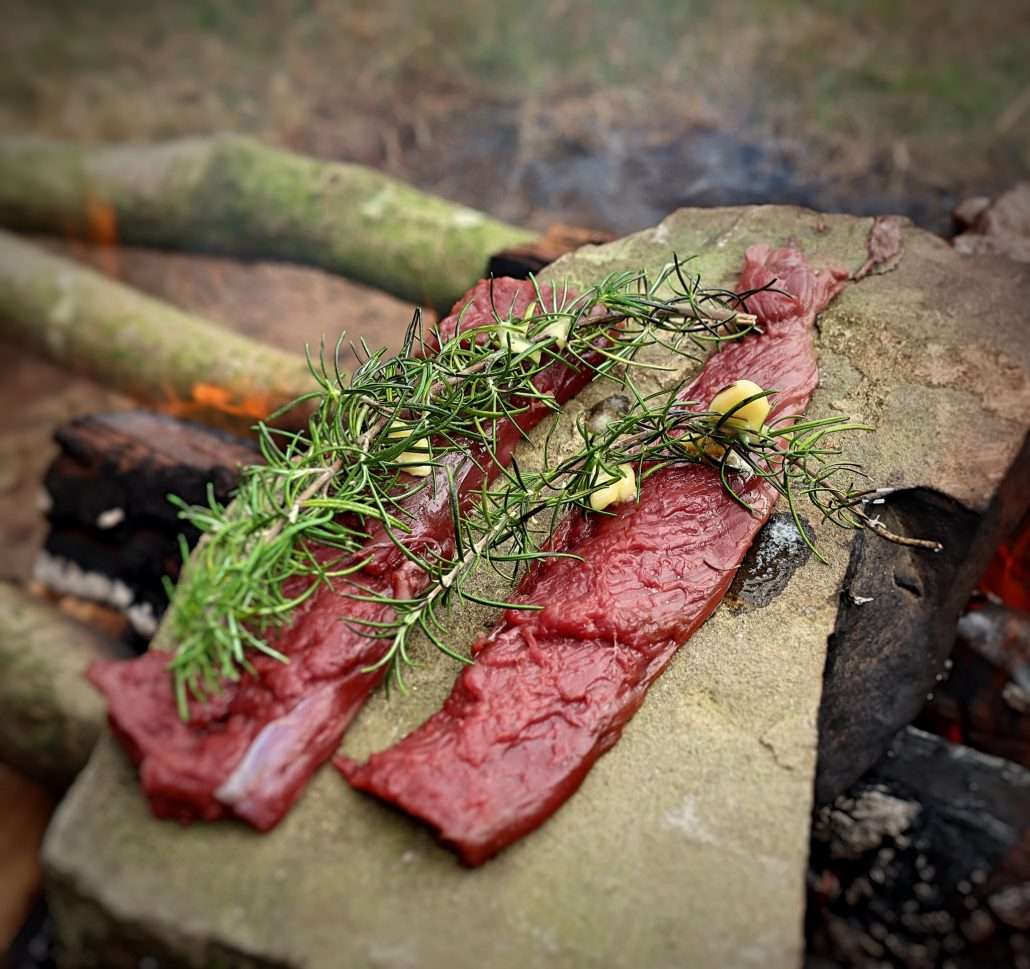
Which rock and why?
Granite-
his is one of the better choices. Granite can withstand higher temperatures compared to many other rock types, and the heat transfers well through the rock making it good for cooking up different kinds of food, from meats, seafood, veg and dough based products.
Granite can also withstand low heats too, meaning it can cope with being stored outside.
Ideally you want a block about 3-4cm thick for the ideal cooking platform, any thinner and it will be less likely to cope with long term repeated cooking, any thicker and it will take a very long time to heat up and be heavy to move around and safely manoeuvre on to the fire.
However granite is slightly porous, so be sure to season with a little oil before each use and once you have finished cooking on it, carefully flip it over to expose the cooking area to high heat, this will reduce the chance of bacteria being an issue within the tiny pores.
Leave the rock to cool naturally, if you pour cold water on to it each time it is likely to develop splits and cracks from the sudden temperature change.
This is the rock we have used the most, and found it effective to use. We had a wide slab to start with, and with high amounts of repeated use it has split down the middle but is still usable.
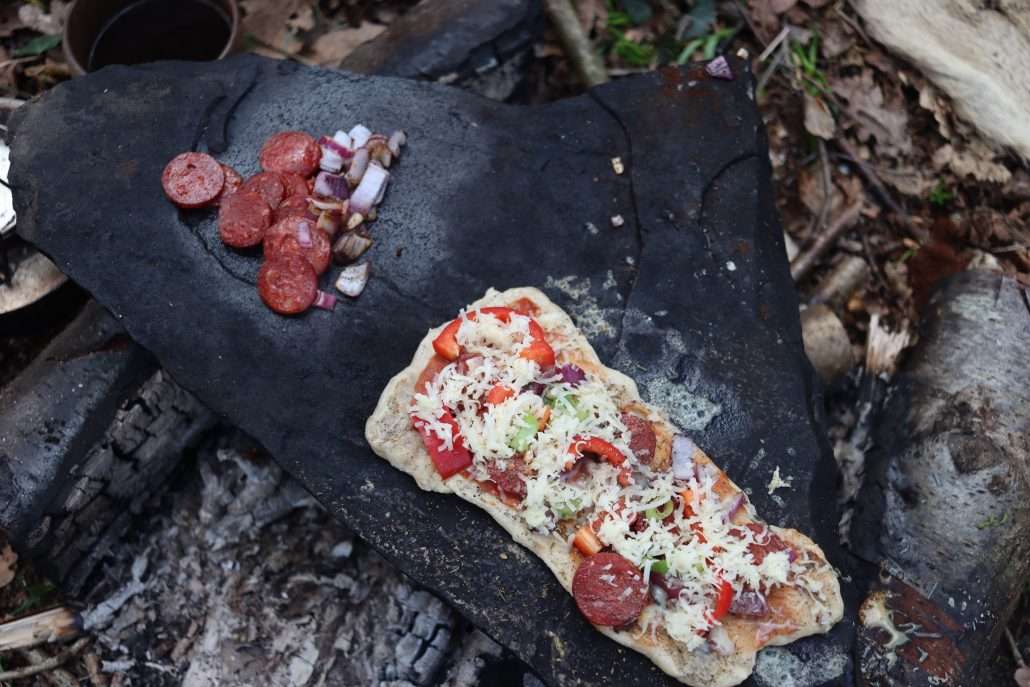
Marble-
Now this is an interesting one. Marble can withstand high temperatures, it’s often used for pizza stones and to coat non stick Marple cookware.
So we gave marble a try ourselves in the woods. The food cooked, but the heat transfer wasn’t even and then as it started to cool it split in two. Then when used again, the sections split further. It may be that we had a substandard piece of marble, or maybe it wasn’t thick enough at 4cm thick.
So in theory marble should be an option, but in practice it didn’t work for us, which was a shame as it was easy to source and easily cleaned and stored. But maybe you’ll have better luck?
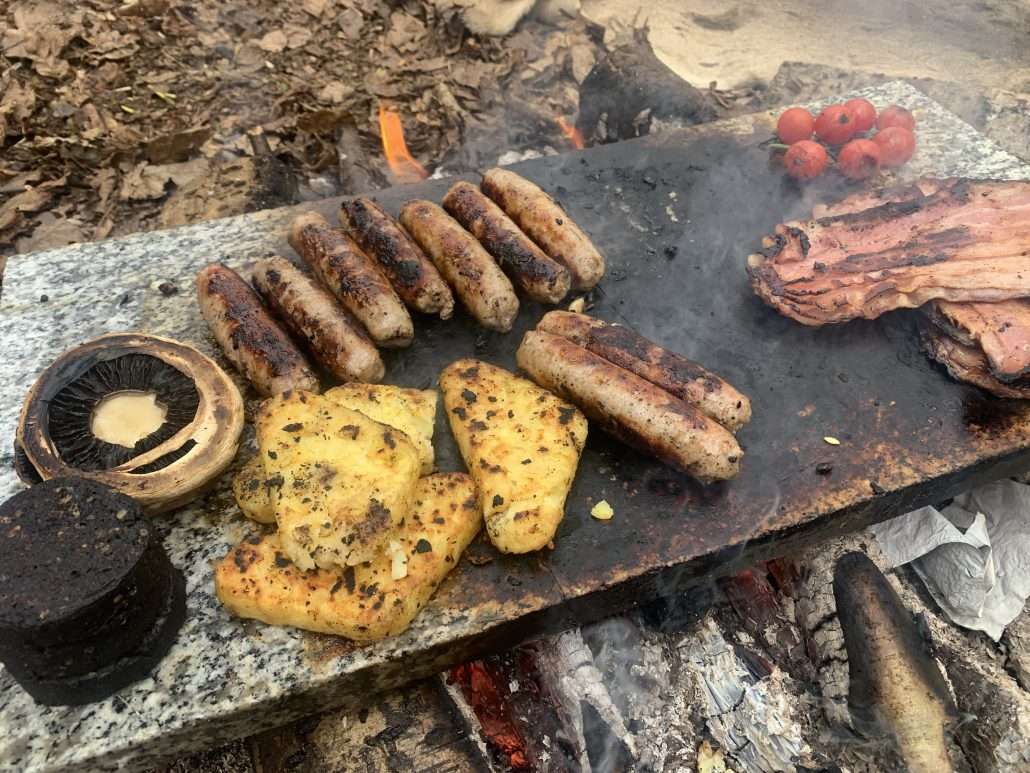
Himalayan Pink Salt-
Himalayan Pink salt blocks are often used in restaurants for cooking on, but will they withstand fire?
Pink salt can withstand temperatures up to 230c, so in theory yes. It transfers heat evenly, and once hot it retains its heat for a long period. The limiting factor is that if you heat it too quickly it will crack and split. And as a fire is obviously hot, you either need to have a way to steadily lower it on to the fire gently bringing it to temperature, or put it on the fire as soon as it’s lit.
Cooking on Himalayan Pink Salt is thought to improve taste and add nutritional benefits too. And as this type of salt is said to antibacterial too this makes this possibly a safer option from a food hygiene point of view.
Don’t clean by submerging in hot soapy water though, as the Himalayan Pink salt will start to dissolve and disintegrate. Just a wipe with a damp cloth is all that’s needed.
Be sure that your salt block is completely dry before you put it on to heat, any moisture will increase the chances of it cracking. Similarly using oils on the block will degrade it, and oils aren’t necessary as the salt block is non stick.
Store in a dry place inside at room temperature for longevity.
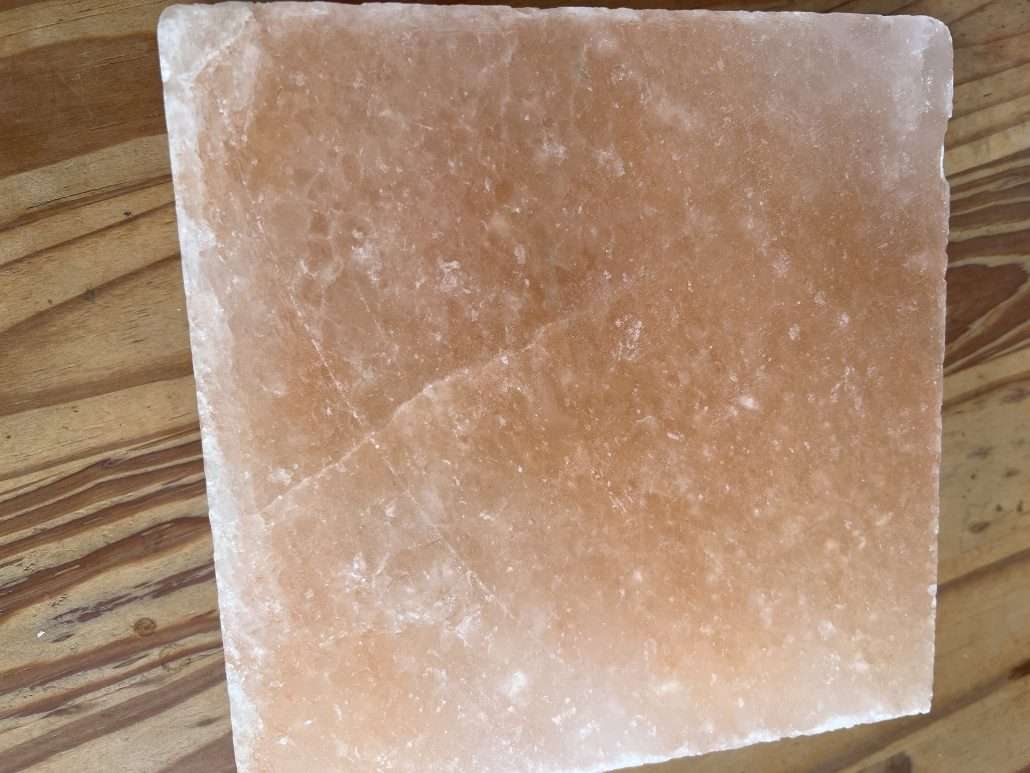
Slate-
Slate has been popular for serving food in restaurants for a while now, and is the traditional method of French rustic cooking, pierrade, that sees food cooked on large slabs of slate.
Slate is a metamorphic rock formed under great pressure. It is said to withstand great heat BUT this depends on the variety of slate, its thickness, the conditions it has been handled in, how it is stored and how fast you heat it.
We used a slate to cook some great steaks, once. Then it split. We used another piece of slate to cook a cracking full breakfast, once. Then it split. So I’d say it’s a temperamental option!
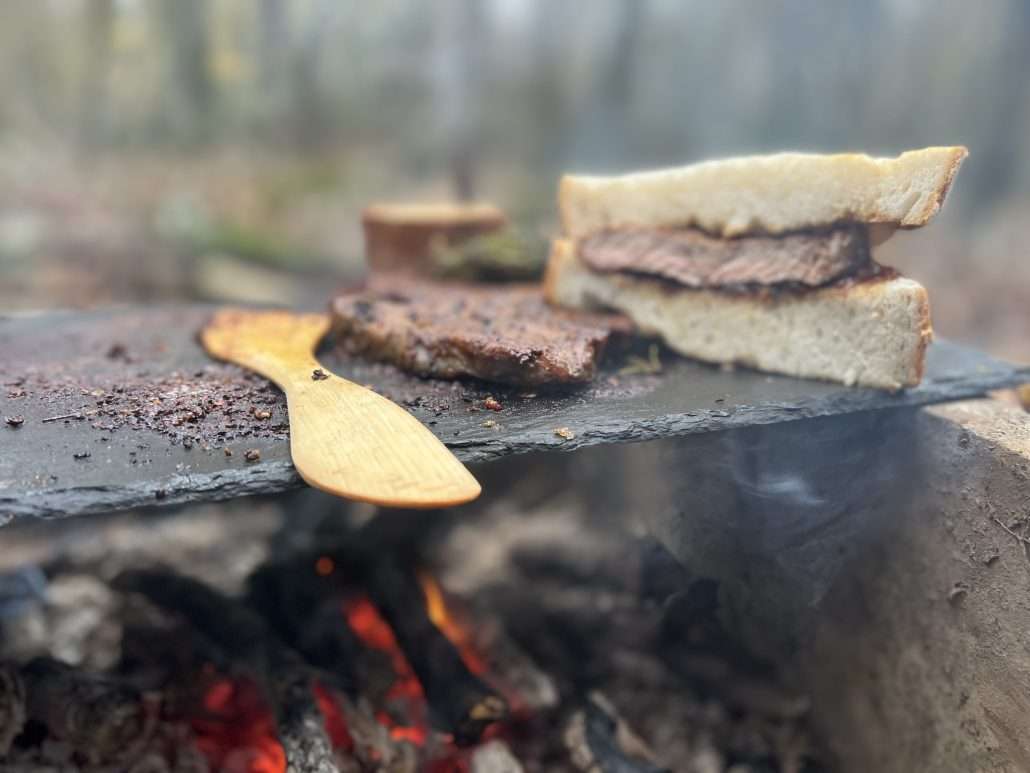
Lava Rocks-
Lava rocks can be used in different ways when cooking. They can be used on the fire, they look like coals and retain some serious heat. Lava rocks are also used for underground and pit cooking for this very reason, they retain the heat well giving a better and more even underground cooking environment.
You can also buy slabs of lava rock, usually shaped as pizza stones, for both cooking and keeping food warm on the table. These shaped pieces of lava rock are delicate when used on a campfire so aim for a thicker block and heat it gradually, also allow it to cool naturally too.
The big downside of lava rock is how porous it is, it is this that limits what types of food you can cook on there as juices and sauces will seep in to the rock’s pores making it less hygienic long term, so this is an important consideration.
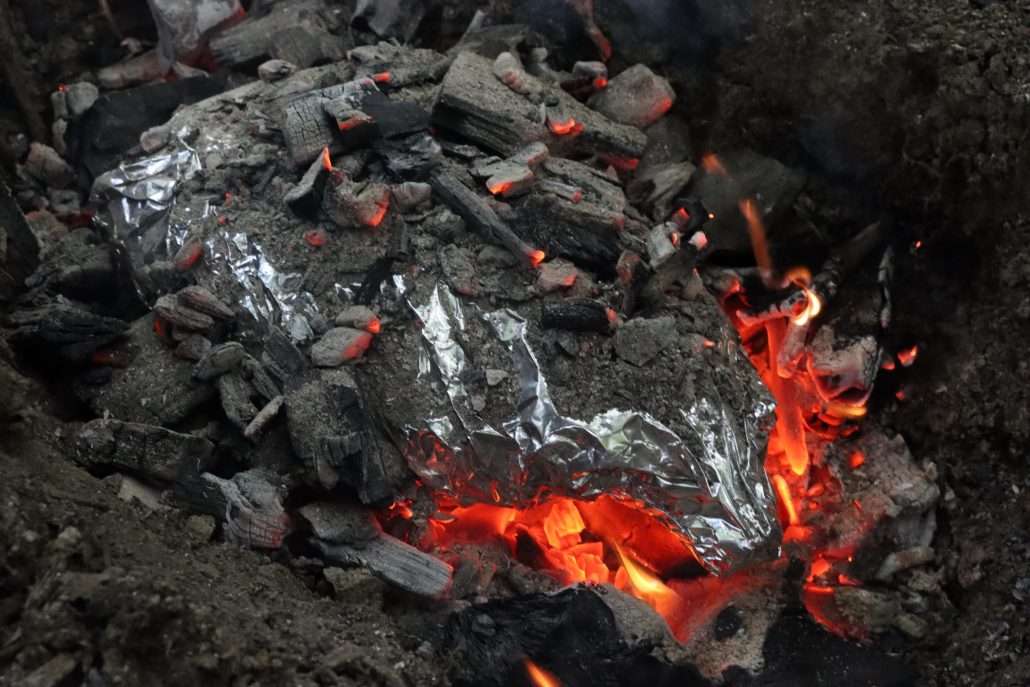
Food cooked on a fire always tastes great. It can be simple or complex, it’s your choice. But cooking on rock creates a new dynamic, extra flavour and a new way of looking at campfire cooking.
So have fun with different recipes. Try different rocks, but do your research and be cautious. Not all rocks are equal, so if in doubt don’t use it. No one wants an exploding rock in the chase of good food.
But when you get it right, the food is amazing! So what are you cooking on your rocks?
